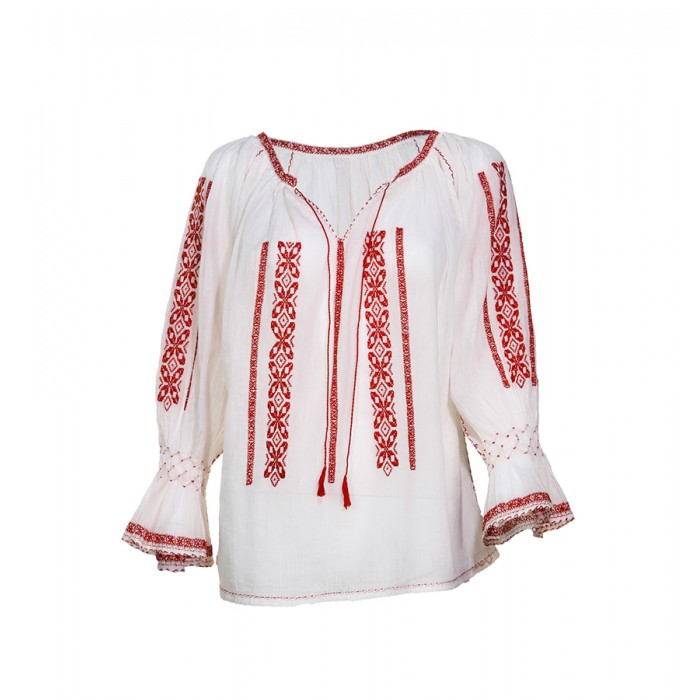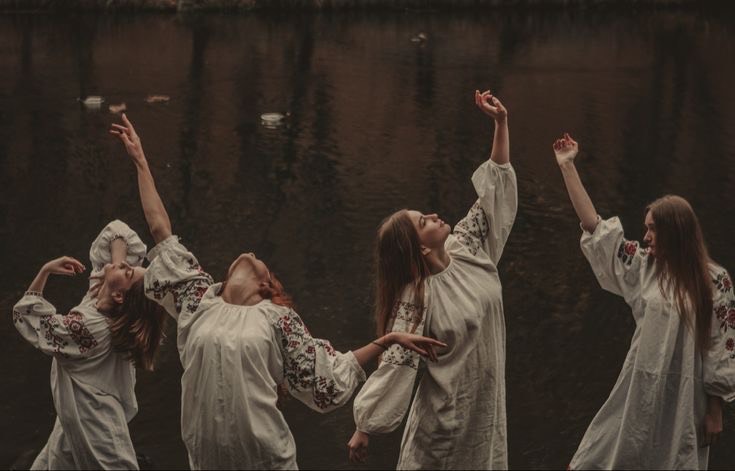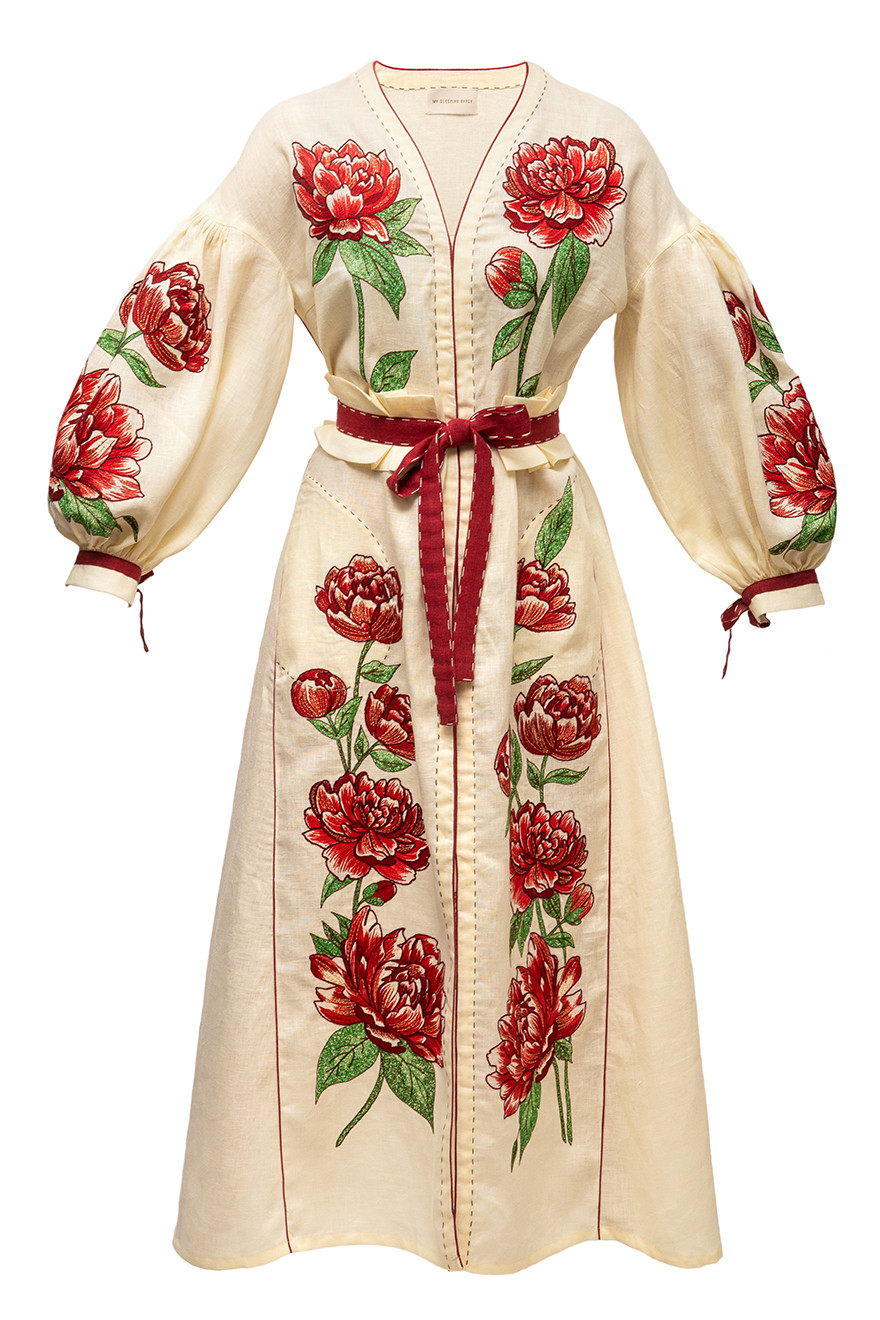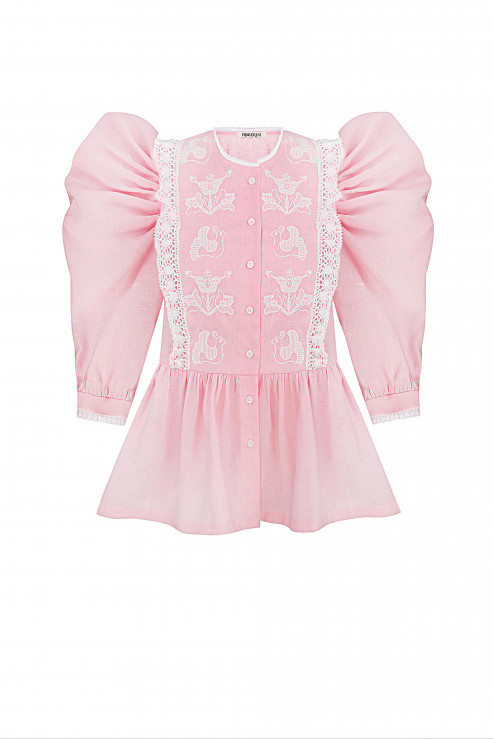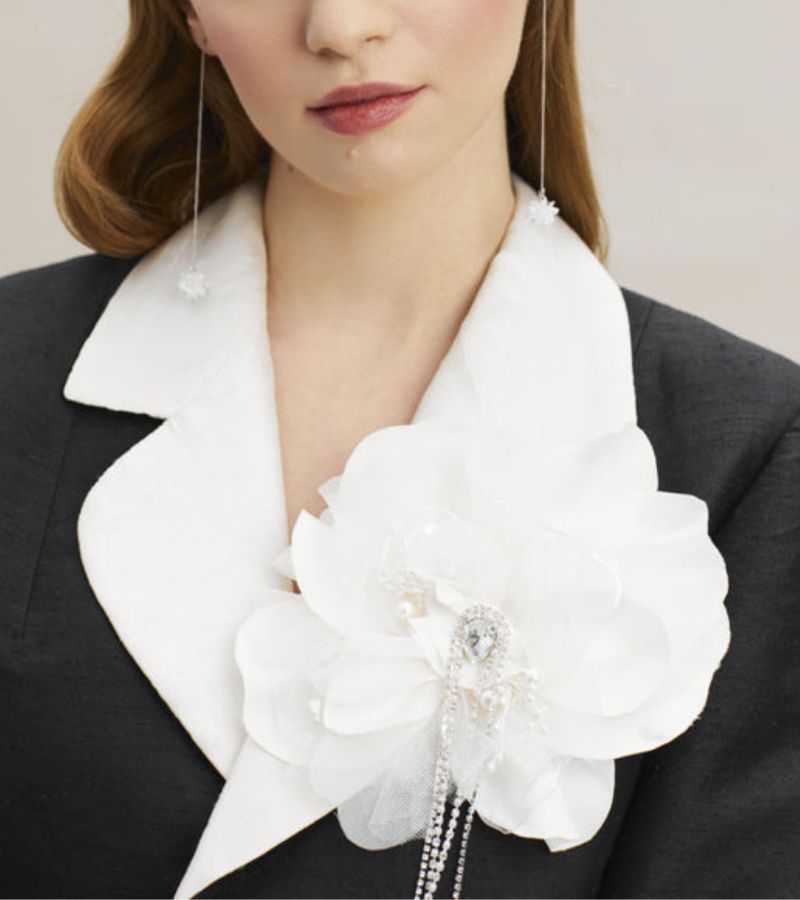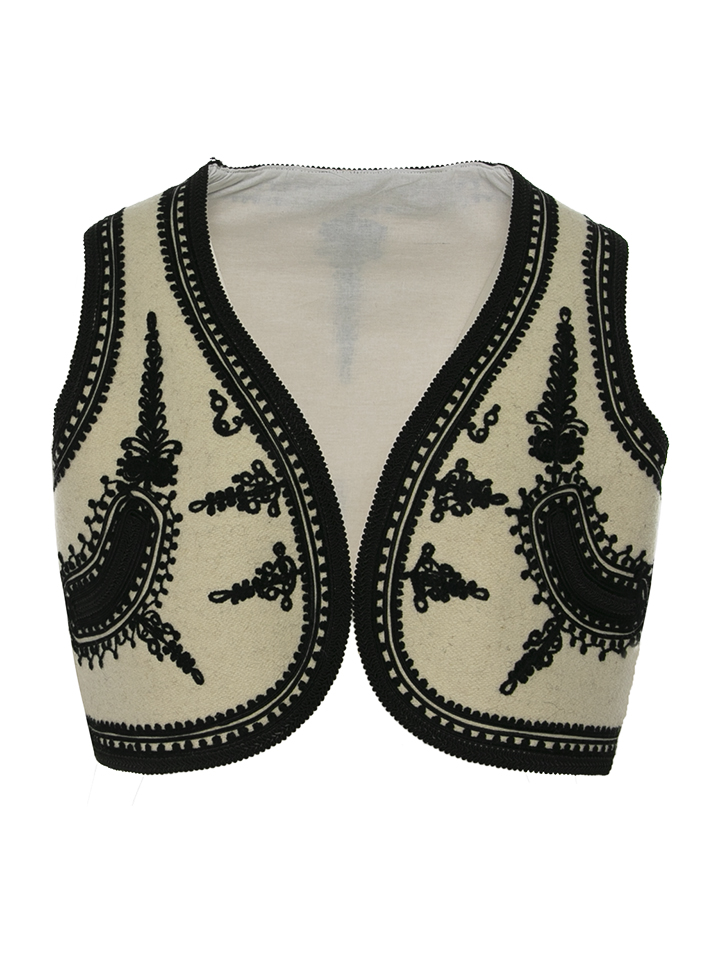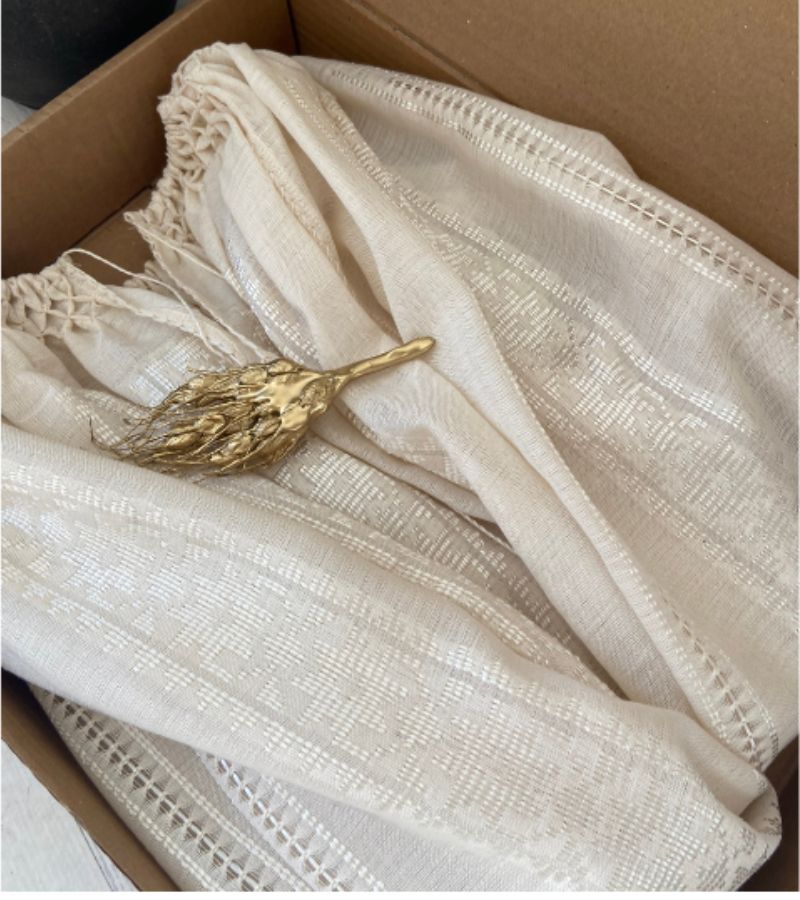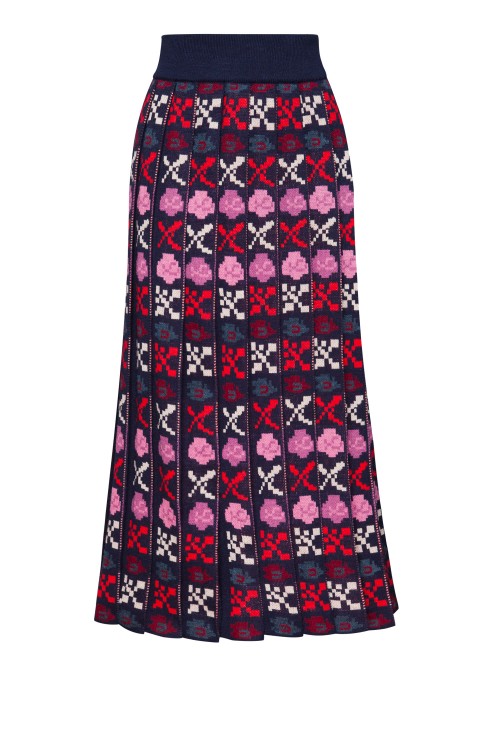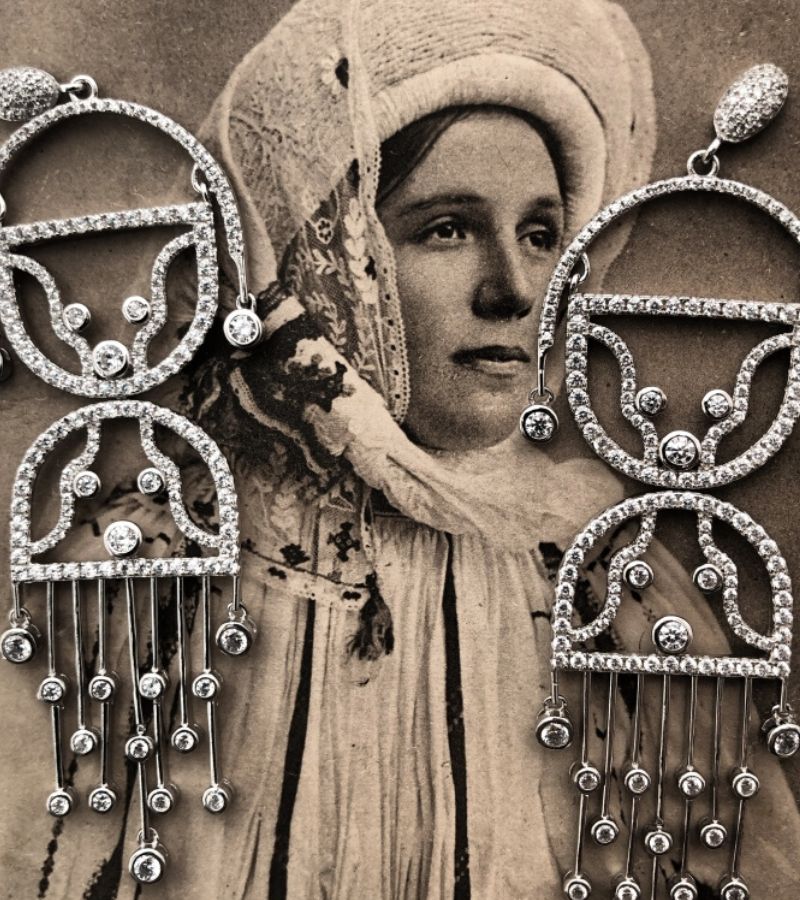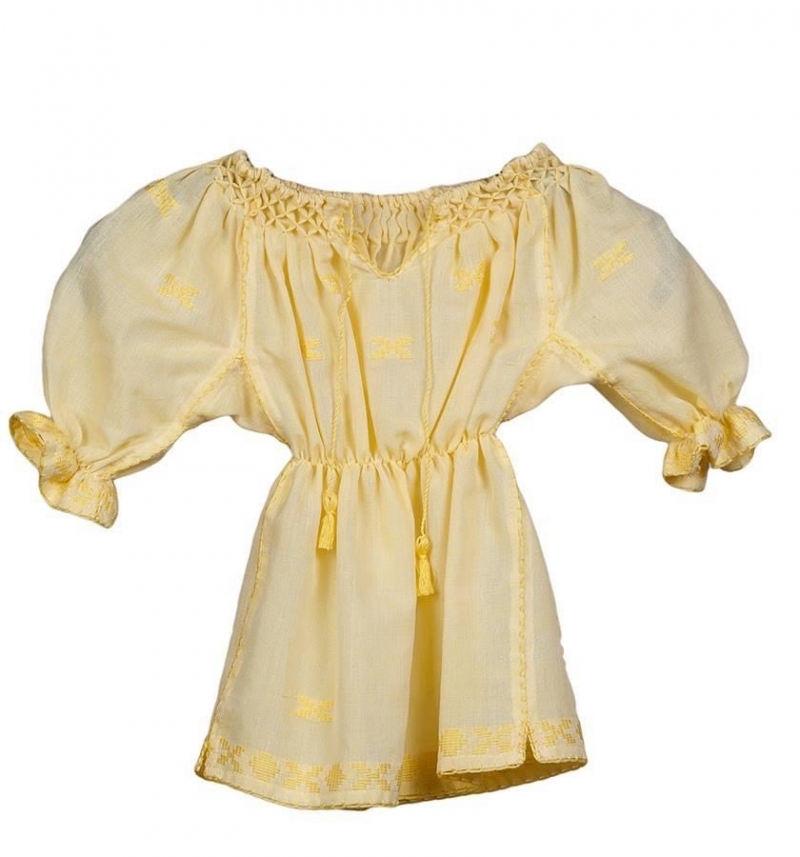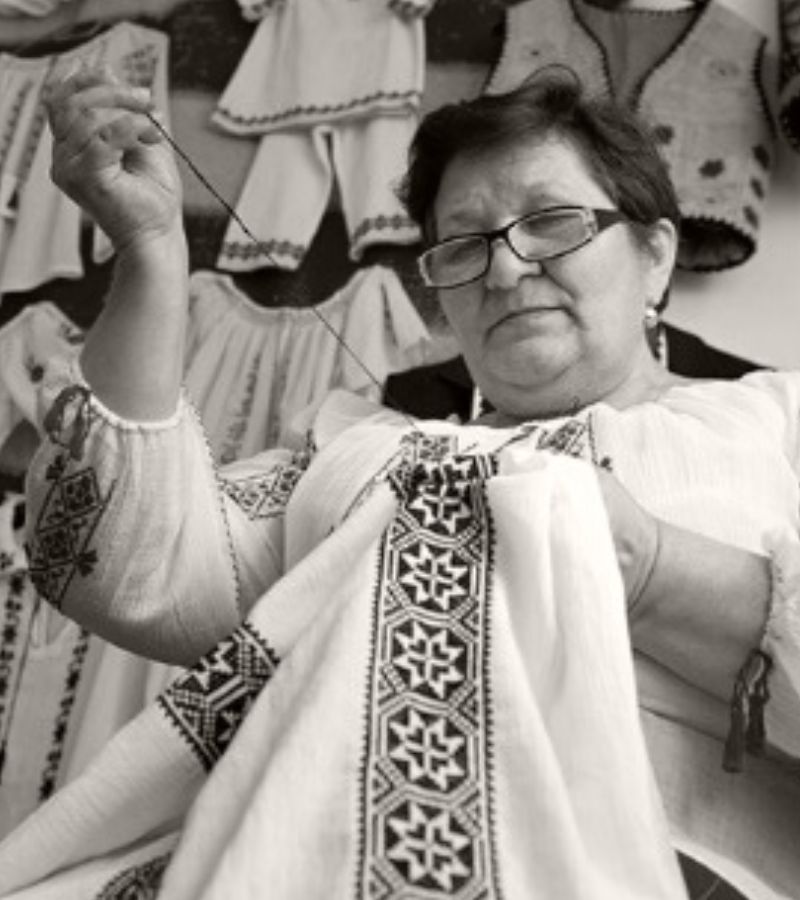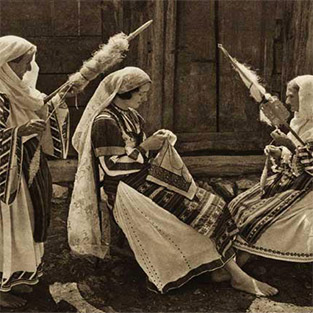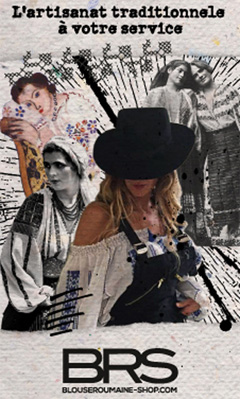The Curatorial Wardrobe is a thoughtfully curated selection of artisanal pieces from diverse cultures worldwide, designed to accompany you on your travels. This collection connects the dots between heritage craftsmanship, celebrating the shared artistry of embroidery, textiles, and symbols found in traditional clothing across continents.
From the intricate Moroccan caftans to the delicate Romanian blouses, the bold Ukrainian vyshyvankas to the timeless Japanese indigo-dyed fabrics, each piece tells a story of identity, craftsmanship, and cultural legacy. Despite their geographical distances, these garments reveal striking similarities—handwoven textiles, ancestral embroidery motifs, and sacred symbols that transcend borders.
The Holiday Edit of Curatorial Wardrobe is more than just fashion; it is a bridge between traditions, a way to honor the artisans preserving these techniques, and an invitation to wear history with elegance. Whether exploring sun-drenched coasts or ancient cities, this collection allows you to embrace authenticity, sustainability, and the beauty of global folk heritage
At Blouse Roumaine Shop, we celebrate the artistry behind each piece, from the meticulous weaving of fabrics to the intricate hand embroidery that carries centuries of tradition. Every garment in our curated collection is not just fashion—it is a work of art, ethically crafted by skilled artisans using sustainable methods.
1. The Journey of Handmade Textiles
???? Sourcing Natural Fibers
Our fabrics are made from high-quality, sustainable materials such as linen, cotton, silk, and wool. Many are hand-spun and naturally dyed using age-old techniques that respect both the environment and cultural heritage.
Linen & Cotton: Grown and harvested without excessive water consumption, often using traditional, small-scale farming methods.
Silk & Wool: Sourced from ethical producers, with a focus on minimal impact and traditional, non-toxic dyeing processes.
???? Weaving & Loom Work
Many of our garments feature handwoven textiles, created on traditional looms by artisans who have inherited their skills from past generations. These techniques ensure durability, breathability, and a unique texture that machine-made fabrics cannot replicate.
Backstrap & Frame Loom Weaving: Used in Eastern Europe, the Middle East, and Asia to create richly textured fabrics with symbolic patterns woven directly into the textile.
Jacquard & Hand-Tufted Techniques: Found in regions such as Morocco and India, producing intricate designs with deep cultural significance.
???? Hand Embroidery & Traditional Symbolism
Each embroidered detail tells a story, carrying motifs that represent protection, prosperity, and connection to nature. These designs vary across cultures, but their meanings often align, proving that craftsmanship is a universal language.
Romanian Blouses (Ia): Embroidered with geometric patterns, stars, and floral motifs, representing strength and femininity.
Moroccan Caftans: Decorated with elaborate tafsil (hand-stitched detailing) and white silk thread, showcasing regal elegance.
Ukrainian Vyshyvanka: Featuring cross-stitch embroidery with protective symbols rooted in folklore.
???? Sustainable & Ethical Craftsmanship
Each garment is produced with fair-trade principles, ensuring artisans receive fair wages and work in ethical conditions. By investing in slow fashion, we help preserve traditional skills and reduce waste associated with mass production.
Small-Batch Production: Ensures exclusivity and reduces environmental impact.
Natural Dyeing Methods: Using plant-based dyes instead of chemical processes to minimize pollution.
Zero-Waste Techniques: Artisans often use leftover textiles to create accessories or home goods, reducing fabric waste.
Why It Matters
When you wear a piece from Blouse Roumaine Shop, you’re not just wearing clothing—you’re carrying a legacy of craftsmanship, sustainability, and cultural storytelling. By choosing handmade and ethically sourced fashion, you support artisans, reduce waste, and keep heritage alive for future generations.
At Blouse Roumaine Shop, we believe in honoring the artistry behind each handcrafted piece while promoting sustainability. This guide will help you care for your textiles, ensuring they remain as beautiful as the day you received them.
1. Understanding Fabrics & Their Care
???? Natural Fibers: Breathable & Sustainable
Linen
Properties: Lightweight, breathable, durable
Care: Hand wash or machine wash cold, gentle cycle; air dry to maintain texture
Sustainability Tip: Linen is biodegradable and requires less water to produce than cotton
Cotton
Properties: Soft, absorbent, easy to wear
Care: Wash in cold water to prevent shrinking; air dry or tumble dry low
Sustainability Tip: Choose organic cotton when possible, as it avoids harmful pesticides
Silk
Properties: Luxurious, delicate, temperature-regulating
Care: Hand wash in cold water with mild detergent; avoid direct sunlight when drying
Sustainability Tip: Opt for peace silk or recycled silk for ethical alternatives
Wool
Properties: Warm, naturally water-resistant, breathable
Care: Hand wash with wool-friendly detergent; reshape and lay flat to dry
Sustainability Tip: Wool is biodegradable and can be naturally dyed for a lower environmental impact
???? Handwoven & Embroidered Fabrics
Care Instructions:
Hand wash in cold water or use a delicate cycle with mild detergent
Avoid harsh chemicals or bleach, which can weaken fibers and fade colors
Dry flat or hang in a shaded area to maintain embroidery details
Store in breathable fabric bags to prevent damage
Sustainability Tip: By supporting handwoven and embroidered textiles, you help preserve traditional craftsmanship and sustain artisan communities.
2. Sustainable Practices for Fashion Care
???? Wash Less, Wear More
Overwashing can degrade fabric quality. Instead, air out garments between wears, and spot-clean when needed.
☀️ Air Dry Whenever Possible
Tumble drying consumes significant energy and can weaken fibers. Air drying keeps garments fresh while reducing your carbon footprint.
???? Eco-Friendly Detergents
Use biodegradable, plant-based detergents to prevent water pollution and extend the life of your fabrics.
???? Repair & Repurpose
Extend the lifecycle of your garments by mending small tears, reinforcing seams, or repurposing textiles into accessories or home décor.
♻️ Mindful Storage
Use cedarwood or lavender sachets instead of chemical mothballs, and store garments in cotton bags to prevent damage.
By caring for your fabrics consciously, you not only preserve their beauty but also contribute to a more sustainable fashion future. Each piece is a story—wear it with care, honor its craftsmanship, and pass it on as a timeless treasure.
-
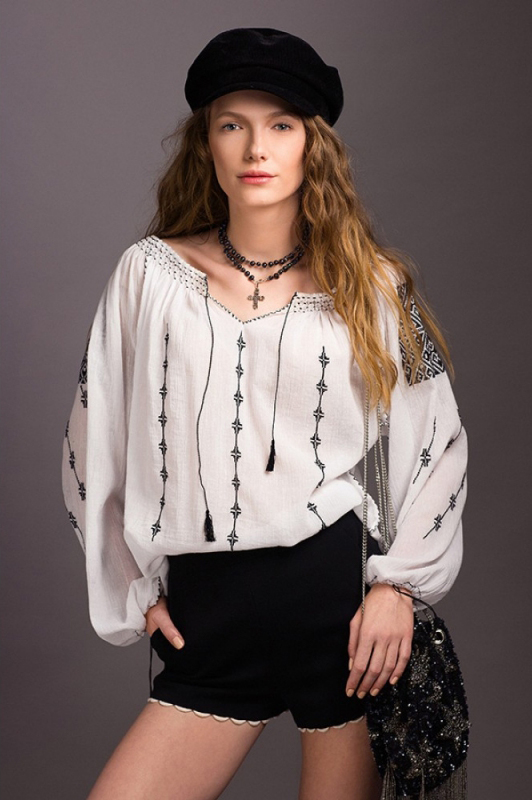

 English
English


